The Western Wall Tunnel Tour explores a long-hidden history.
If you visit Jerusalem’s old city, you will surely see the Western Wall. It’s as if the large plaza at the center of this ancient place draws you in like a magnet. All roads don’t lead to Rome; they lead to the Western Wall.
Yet the Western Wall is more than the most holy place in the world for Jews. It’s more than just a wall. It embodies a huge span of Jerusalem’s history and the history of two religions. And it is even bigger than it seems.
Disclosure: This article contains affiliate links. If you click on one of them and make a purchase, I will receive a small commission. This will not affect your price.
History of the Western Wall
The current Western Wall – the famous one in all the pictures – is actually only a small section of a much larger, mostly underground, wall. It extends for half a kilometer to the north and south and reaches 17 more meters down into the earth.
The wall was originally built as a retaining wall to support the Temple Mount, which was leveled off and filled in over the ages. The last Jewish temple on the mount – the Second Temple – was destroyed by the Romans in 70 CE, leaving only the retaining wall. In the middle of the Second Temple stood the Holy of Holies, an area that only the highest priests of the temple were allowed to enter. For this reason, religious Jews do not go up on the Temple Mount, for fear they will inadvertently step on the place where the Holy of Holies stood. Instead, they pray at the base of the exposed piece of the wall.
The Temple Mount is now controlled by Muslims, and houses the Al-Aqsa Mosque, as well as the magnificent Dome of the Rock. As a tourist, you can go up on the Temple Mount and see the Dome of the Rock up close, if your religious beliefs don’t prohibit it.
Inside the Dome of the Rock is an exposed section of the bedrock of the hill, a spot that is important to both Jews and Muslims. It is said to be the spot where Abraham bound Isaac, preparing to sacrifice him. It is also, according to the Muslims, the place where Mohammed ascended to heaven.
The Western Wall Tunnel Tour
In the centuries after the destruction of the Second Temple, the city grew around the walls of the Temple Mount, which is why so little of it is now visible. The Western Wall Tunnel Tour (also called the Kotel Tunnel Tour) allows tourists to take a look at a section of the wall that was invisible for centuries.
After an explanation of the successive stages of building the Temple Mount, the Western Wall Tunnel Tour is essentially a walk through a tunnel: first toward the wall, and then along the wall, with occasional stops for explanations.
Stones from successive periods are visible, and the guide explains their characteristics. The sheer size of some of the building stones down below ground level is phenomenal: up to 13+ meters long, 4+ meters wide and 3+ meters wide. The largest weighs over 500 tons. These stones raise lots of questions: how did they do it? And why? Why use such large stones?
At the spot that is believed to be the closest to where the Holy of Holies was, the tour comes upon a tiny room, hardly more than a widening of the narrow corridor, where Orthodox Jewish women are busy praying. Further on, another chamber conjures images of a Roman marketplace: pillars remain in front of what might have been a storefront.
Toward the end of the walk, the built walls end and natural bedrock replaces them, carved to match the masonry of the built walls. This part of the tunnel served as as an aqueduct to move water to the temple, and the walls have been smoothed by the water.

The tour exits in the Muslim Quarter of the old city: a rather abrupt transition from the dark cool of the tunnels to the glaring hot sun outside. I never felt like I was in any danger in the Muslim Quarter, yet two guards joined our tour as we exited, ready to escort us back to the Western Wall. Given that this was exactly where we had walked a few days before – without a guard and without any difficulty – on the Via Dolorosa, this seemed a bit paranoid to us, so we ditched the tour at that point.
If you’re interested in a deeper (no pun intended) look at the history of the Temple Mount, and you’re not particularly claustrophobic (the tunnel gets pretty narrow in places), then this tour is certainly worth an hour and a quarter of your time.
Taking the Western Wall Tunnel Tour (a.k.a. Kotel Tunnel Tour)
The Kotel Tunnel Tours have become very popular, though how busy they are depends on the political situation and whether tourists have been scared away from visiting or not. To be sure, book ahead here, but even if you don’t book ahead, it’s worth seeing if you can still get a place on a tour. Visitors are only allowed to visit on a guided tour.
The tunnel tour runs Sunday-Thursday 7:20 until late. Friday-7:20-12 noon. Saturday evening after sunset only by reservation. Admission fee: 38 NIS (US$10). The entrance is on the north side of the Western Wall plaza, to the left as you face the Western Wall.
Follow this link to see lots of options for walking tours in Jerusalem.
If you want to travel to Jerusalem, but prefer to have the whole trip arranged for you, here’s a list of lots of different tours offered by lots of companies, so you can compare.
Visiting the Western Wall
To enter the Western Wall plaza, you’ll first need to pass through a security check, having your bag searched and/or scanned. Walking downstairs to the plaza itself, you’ll see that the Western Wall part of the plaza is divided into sections by moveable walls. Orthodox Jews separate the sexes for prayer, so the larger left side is only open to men; the right is for women.
If you are male and wish to approach the men’s side of the wall, that’s fine, but be respectful by keeping your voice down and not disturbing people who are praying. You need to wear a hat or a kippah, a small head covering like a beanie. If you don’t have one, you can get a paper version at the table near the entrance to the section. If you are female, the same respect is necessary, as well as conservative dress, not showing too much skin. Like the men, you should cover your head: a simple scarf will do. Often there is a table at the entrance with scarves you can borrow.
You’ll notice, by the way, tiny bits of paper filling the cracks between the massive stones of the Western Wall . These are prayers. As the closest point to the Second Temple, the faithful see this place as the closest they can physically get to God.
Zoom into the map below to choose your accommodations in Jerusalem:
Visiting the Temple Mount
Visiting the Temple Mount can be a little hit or miss. I went there once many years ago, but every time I’ve tried to go there again, something has stopped me.
- Once, I had a mezuzah I had just bought in my bag, and the security scanner picked it up. No Jewish religious symbols are allowed on the Temple Mount.
- Once, it was closed indefinitely because of the increased tensions in the country at that time.
- Once, there were so many people waiting in line that I despaired of reaching the security post before it closed, so I gave up.
My advice: get there early. The entrance is at the bottom of the walkway bridge you can see in the photo above. It is, in theory at least, open in the winter from 7:30-10:30 and from 12:30-13:30, and in the summer from 8:30-11:30 and 13:30-14:30, but it can shut down at a moment’s notice and for weeks at a time. Admission is free. Dress conservatively and behave respectfully. You can enter the Al-Aqsa Mosque and the other sites on the Temple Mount, but you can’t enter the Dome of the Rock unless you are Muslim.
Please do me a favor and share this post on social media. The images below are formatted for Pinterest. And if you’ve been to Jerusalem, please share any advice you’d like to add by commenting below.
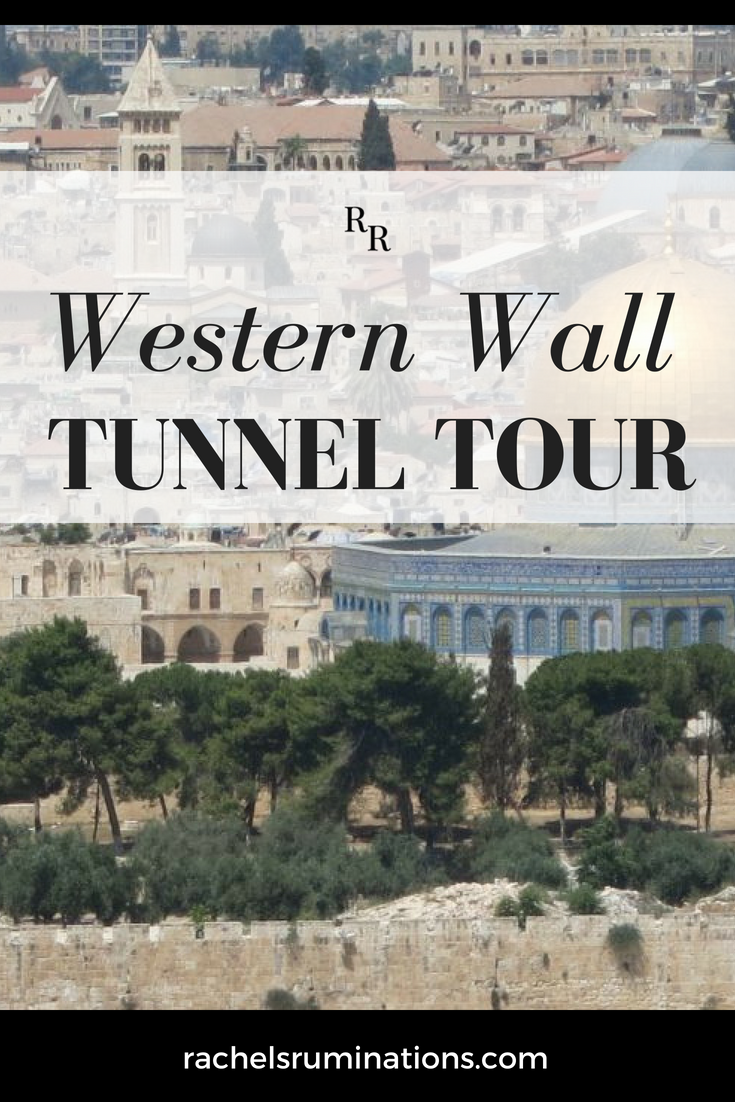

My travel recommendations
Planning travel
- Skyscanner is where I always start my flight searches.
- Booking.com is the company I use most for finding accommodations. If you prefer, Expedia offers more or less the same.
- Discover Cars offers an easy way to compare prices from all of the major car-rental companies in one place.
- Use Viator or GetYourGuide to find walking tours, day tours, airport pickups, city cards, tickets and whatever else you need at your destination.
- Bookmundi is great when you’re looking for a longer tour of a few days to a few weeks, private or with a group, pretty much anywhere in the world. Lots of different tour companies list their tours here, so you can comparison shop.
- GetTransfer is the place to book your airport-to-hotel transfers (and vice-versa). It’s so reassuring to have this all set up and paid for ahead of time, rather than having to make decisions after a long, tiring flight!
- Buy a GoCity Pass when you’re planning to do a lot of sightseeing on a city trip. It can save you a lot on admissions to museums and other attractions in big cities like New York and Amsterdam.
- Ferryhopper is a convenient way to book ferries ahead of time. They cover ferry bookings in 33 different countries at last count.
Other travel-related items
- It’s really awkward to have to rely on WIFI when you travel overseas. I’ve tried several e-sim cards, and GigSky’s e-sim was the one that was easiest to activate and use. You buy it through their app and activate it when you need it. Use the code RACHEL10 to get a 10% discount!
- Another option I just recently tried for the first time is a portable wifi modem by WifiCandy. It supports up to 8 devices and you just carry it along in your pocket or bag! If you’re traveling with a family or group, it might end up cheaper to use than an e-sim. Use the code RACHELSRUMINATIONS for a 10% discount.
- I’m a fan of SCOTTeVEST’s jackets and vests because when I wear one, I don’t have to carry a handbag. I feel like all my stuff is safer when I travel because it’s in inside pockets close to my body.
- I use ExpressVPN on my phone and laptop when I travel. It keeps me safe from hackers when I use public or hotel wifi.


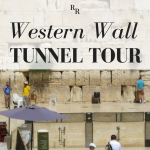
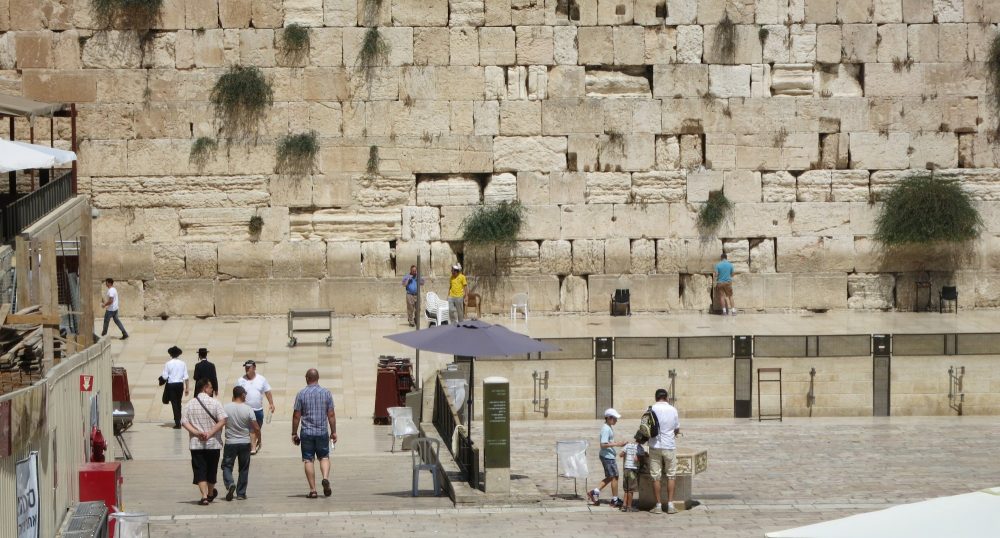
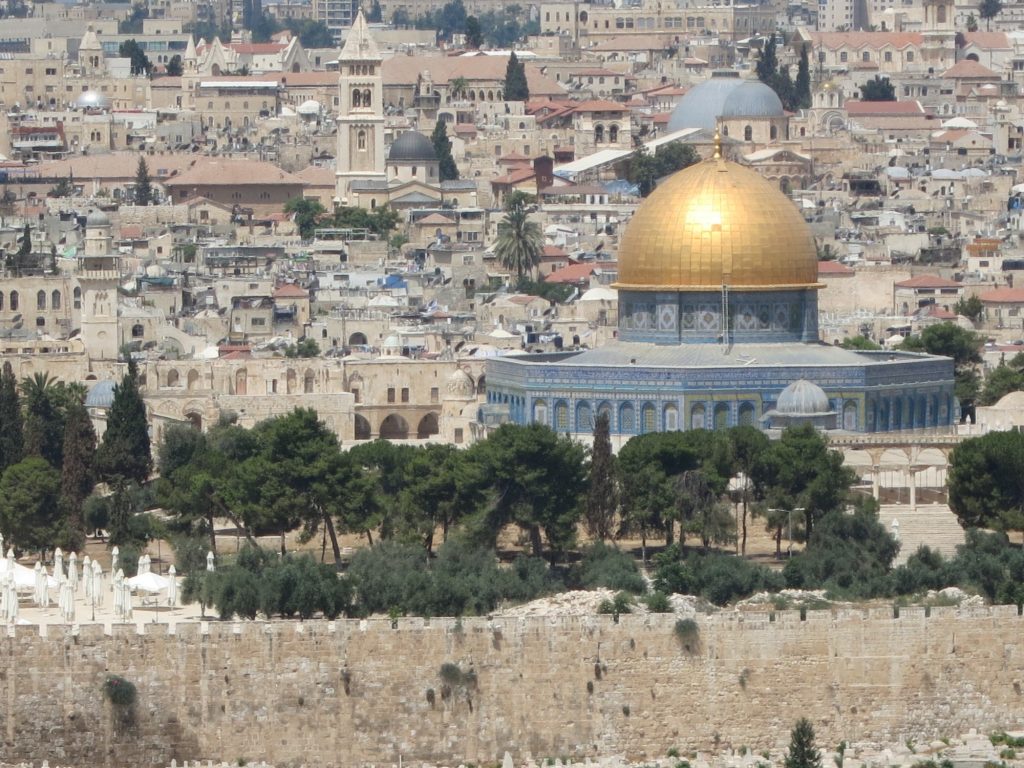
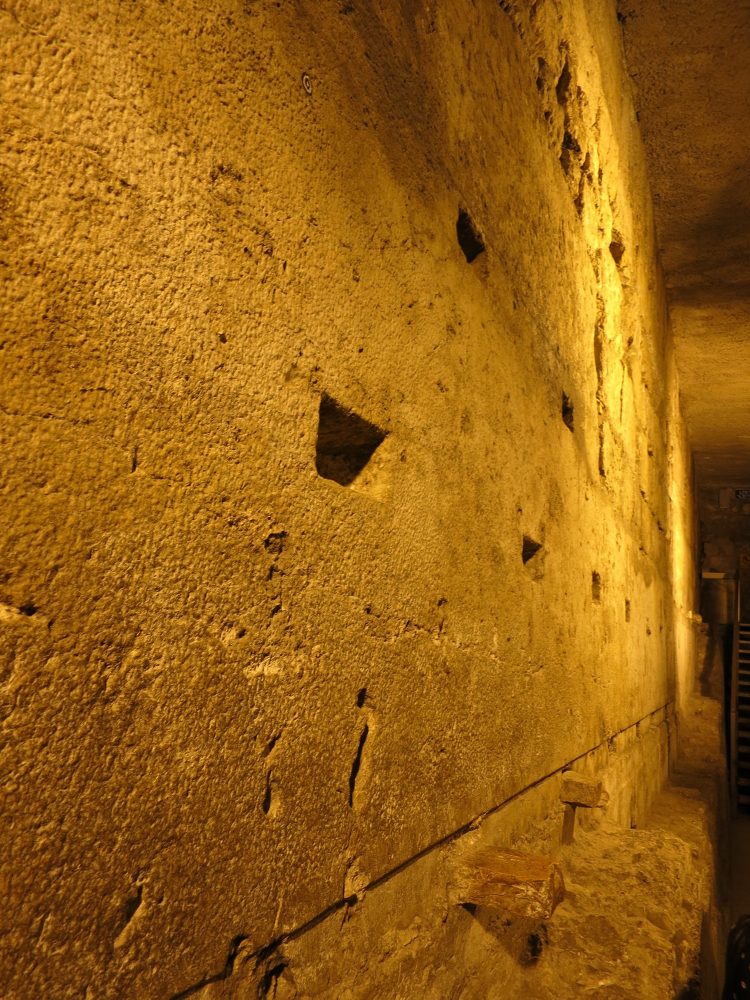

Rachel,
I have been to the Holy Land several times and I am arriving by ship @ Ashdod on 8 September and would like to obtain a guide to go to Jerusalem to tour the Western Wall Tunnels which have been recently opened. Are you able to find a guide that can take me there?
Well, this one is a small-group tour that meets ships in Ashdod and goes to Jerusalem and Bethlehem. Otherwise it seems to me you’d have to hire a private guide with a car, which could end up pretty pricey for a cruise ship stop. I’m afraid I don’t know any particular guides I could recommend.